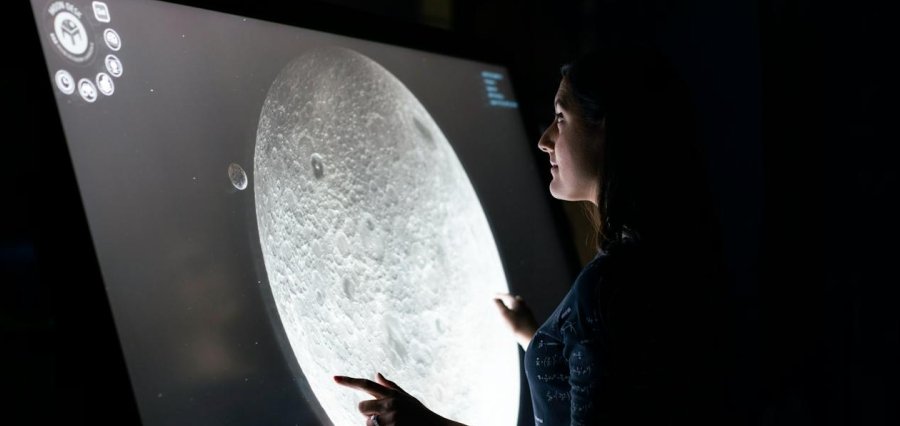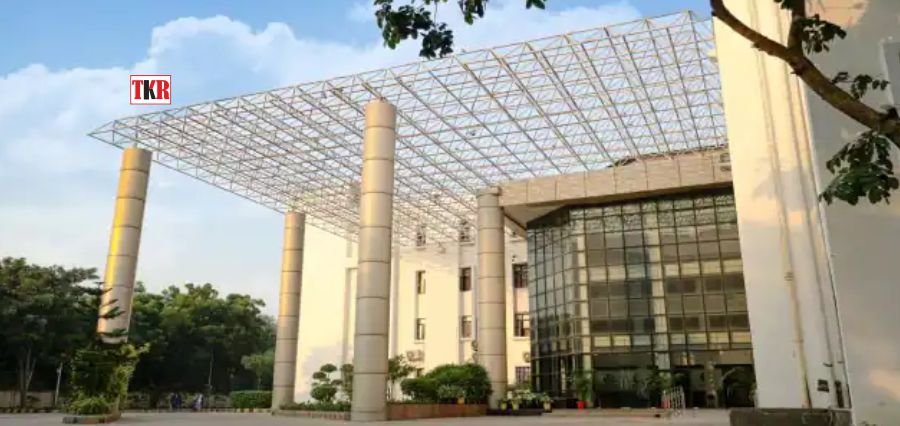India’s Contributions to Global Space Exploration
Humanity has long been fascinated with space research because it represents a frontier where countries compete to advance science and technology. While several nations have contributed significantly to space exploration, India stands out as one of the industry’s up-and-coming giants. With a history spanning over 60 years, where India’s space program, headed by the Indian Space Research Organisation (ISRO), has developed into a solid and creative force that advances our knowledge of both Earth and space.
India has made significant advances in space science and has been a vital contributor to international space exploration. India has made incredible progress in this fascinating and challenging field, from successfully sending missions to the moon and Mars to revolutionising satellite technology.
Beginning of India’s Space Journey
India first entered the field of space research in 1962 when the Indian National Committee for Space Research (INCOSPAR) was founded. A key figure in the beginning of the Indian space program was Dr Vikram Sarabhai, frequently referred to as its father. Aryabhata, India’s first satellite, was launched in 1975, a momentous occasion in the country’s space exploration history.
With the founding of ISRO in 1969, a new era of concentrated and committed space research operations was inaugurated. With few resources and a strong desire to become independent in space technology, ISRO set off on a voyage that has since become well-known throughout the world.
The Story of Mangalyaan
The Mars Orbiter Mission, or Mangalyaan, is one of India’s most recent accomplishments. With the launch of this mission on November 5, 2013, India became the fourth nation in the world to reach Mars and the first on its first attempt. This outstanding accomplishment was widely praised and demonstrated India’s proficiency in planetary exploration.
The purpose of Mangalyaan was to investigate the Martian surface, morphology, and minerals in addition to looking for methane in the atmosphere. The mission enhanced India’s standing as a participant in interplanetary research and offered vital information into the Martian environment.
The Chandrayaan Mission
The Chandrayaan-1 and Chandrayaan-2 lunar missions from India have significantly contributed to our growing knowledge of Earth’s nearest celestial neighbour. 2008 saw the launch of Chandrayaan-1, the first Indian expedition to the Moon. It disproved preconceived notions and opened the door to more lunar exploration by finding water molecules on the moon.
Even more ambitious was Chandrayaan-2, which was launched in 2019 and included an orbiter, a lander (Vikram), and a rover (Pragyan). Although communication with the lander was lost during the descent, the orbiter is still in operation and is still sending out important information about the Moon’s composition and surface.
These missions demonstrate India’s dedication to lunar exploration and have prepared the way for upcoming lunar expeditions, which may involve the investigation of the Moon by humans.
Advancement of Satellite Technology
India has advanced significantly regarding satellite technology, which has broad ramifications for applications in the country and beyond. Numerous communication, navigation, and Earth observation satellites have been launched by ISRO, benefiting a range of industries, including agriculture, disaster relief, and telecommunications.
The successful launch of a constellation of satellites under the Indian Regional Navigation Satellite System (IRNSS), popularly known as NavIC, is among the most noteworthy accomplishments. In competition with worldwide navigation systems such as GPS, this regional satellite navigation system is intended to deliver precise positioning and time data over India and the surrounding area.
Other countries looking to launch satellites into orbit often choose ISRO because of its dedication to efficient and reasonably priced satellite launches. India has launched satellites for several other nations, strengthening international collaboration and adding to the global space community.
The Reusable Launch Vehicles
ISRO has also made progress in developing reusable launch vehicle technology, with the successful testing of the RLV-TD (Reusable Launch Vehicle – Technology Demonstrator). This technology promises to significantly reduce the cost of launching payloads into space, making space research more accessible to various organizations and countries.
The Future of India’s Space Research
India’s space program is poised for an exciting and dynamic future. ISRO has ambitious plans, including lunar missions, interplanetary exploration, and the development of a space station. The Gaganyaan mission, India’s first human spaceflight endeavor, is another groundbreaking initiative that aims to send Indian astronauts to space.
ISRO’s commercial arm, Antrix Corporation, is also actively engaged in commercial satellite launches and international collaborations, fostering a global network of space research and exploration.
India’s emphasis on affordability and innovation has led to numerous opportunities for international collaboration. ISRO is known for its cost-effective missions, which can serve as a model for countries and organizations looking to venture into space exploration without breaking the bank.
Conclusion
India’s contributions to global space exploration are undeniable. From its successful missions to Mars and the Moon to developing cutting-edge satellite technology, India has become a respected player in space research. The country’s achievements are a testament to its commitment to scientific and technological advancement.
India’s space program is set to make even more significant contributions, with plans for lunar exploration, interplanetary missions, and establishing a space station. These endeavors not only hold the promise of advancing our understanding of the cosmos but also provide opportunities for international collaboration and cooperation.
Space research in India is an inspiring example of what can be achieved through dedication, innovation, and determination to pushing the boundaries of human knowledge. As the global space community continues to evolve, India’s contributions will undoubtedly play a crucial role in shaping the future of space exploration.





